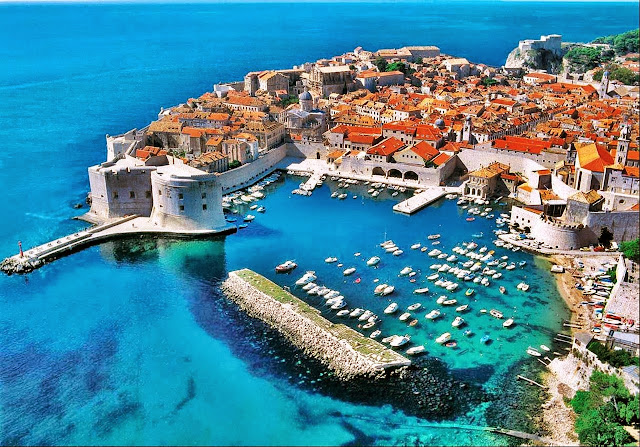.jpg)
A jewel of the Adriatic, this Croatian village captivates visitors with its picturesque charm and thousand-year-old history.
About fifteen kilometres north of Zadar, the small town of Nin rises proudly on a lagoon island linked to the mainland by two stone bridges. With barely 3,000 inhabitants, it might easily go unnoticed… and yet Nin is regarded as the oldest town in Croatia, inhabited for more than 3,000 years.
Nin, Croatia’s oldest town: a jewel on the Adriatic
Over the centuries, Nin has been inhabited by the Liburnians, Romans, Byzantines and Croatian kings. Founded in the 9th century BC by the Liburnians, it later became an important port and strategic base under the Roman Empire. Remains of villas, mosaics and a Roman temple—one of the largest in Croatia—still bear witness to that era. In the Middle Ages, Nin became the first capital of the Croatian kingdom and the seat of the country’s oldest bishopric.
Among its architectural treasures in the tiny church of the Holy Cross, dating back to the 9th century, a masterpiece of simplicity and harmony. Measuring barely 36 m², it is often called ‘the smallest cathedral in the world.’ Those interested in religious history will also be drawn to the statue of Bishop Grgur Ninski (Gregory of Nin), a symbol of the affirmation of the Croatian language in the 10th century, whose monumental version continues to attract visitors today.
An exceptional lagoon and sandy beaches
While Dalmatia is best known for its rocky coves and pebbled shores, Nin stands out with its fine sandy beaches, perfect for families. The most famous, Queen’s Beach, stretches for 3 kilometres and offers a breathtaking view of the Velebit mountain range, along with shallow, sun-warmed waters in summer. Legend has it that Queen Jelena loved to bathe here, giving the beach its name. Further south, Ždrijac Beach attracts kitesurfing enthusiasts thanks to the steady winds sweeping across the lagoon.
Salt, Nin’s White Gold
For over 1,500 years, Nin has produced some of the purest salt in the Adriatic. The traditional salt works, still in operation, can be visited and include a small museum that explains the age-old harvesting techniques. This is also where one finds a mineral-rich medicinal mud, used since Roman times to relieve joint pain and skin conditions. Some visitors even come especially to benefit from its therapeutic properties.
A picturesque and culinary escape
Despite its modest size, Nin offers a warm and welcoming local life. Its cobbled streets are lined with flower-adorned stone houses, small cafés shaded by plane trees, and a handful of restaurants where visitors can savour Dalmatian cuisine: grilled fish, fried calamari, black risotto with cuttlefish ink, or pašticada, a slow-cooked beef stew in red wine. Sunsets here are among the most beautiful in Croatia, as the sky glows pink and orange above the lagoon, creating an unforgettable spectacle.

No comments:
Post a Comment